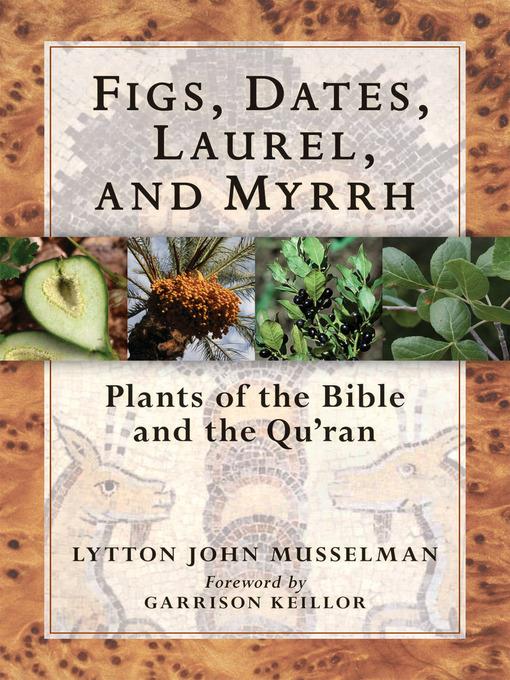
Figs, Dates, Laurel, and Myrrh
Plants of the Bible and the Quran
کتاب های مرتبط
- اطلاعات
- نقد و بررسی
- دیدگاه کاربران
نقد و بررسی

January 15, 2008
The enormous task of examining the diverse and sometimes speculative side of religious ethnobotany is well executed here. Musselman (botany & biological sciences, Old Dominion Univ.; "Jordan in Bloom") has dedicated the last 20 years to the study of virtually every plant expressly mentioned in the Bible and Quran. After a foreword by Garrison Keillor, Musselman states in his introduction that he will avoid technical terms in favor of plain language. Although the book is organized alphabetically by common plant name and rich with color photographs, it is less of a field guide than a narrative of how ancient societies came to refer to particular plants in their religious texts, how our own names for those plants may not refer to the original plant in question (e.g., under "Apple," Musselman explains that Eden's forbidden fruit was likely an apricot, but there is no cross-reference from, or listing for, "Apricot"), and how these cultures used plants in everyday life. While Musselman is admittedly more familiar with biblical text (both OT and NT), he has studied extensively in the Middle East and was commissioned by Queen Rania Al-Abdullah of Jordan to write his previous book. This historical botanical study of the region (its approach is not religious) appears to be the only work published to date to include both the Bible and the Quran. Recommended for all libraries with medium to large religious or armchair gardening collections.Tracy Mohaidheen, M.L.I.S., West Bloomfield, MI
Copyright 2008 Library Journal, LLC Used with permission.

























دیدگاه کاربران